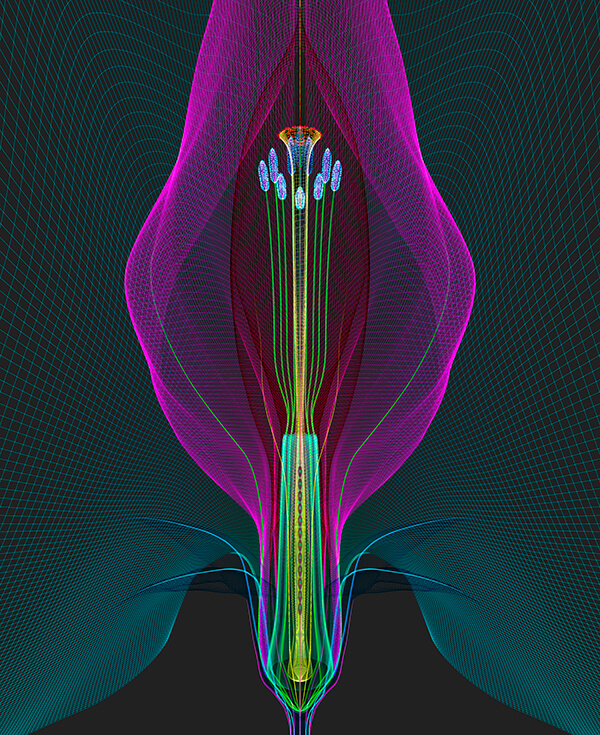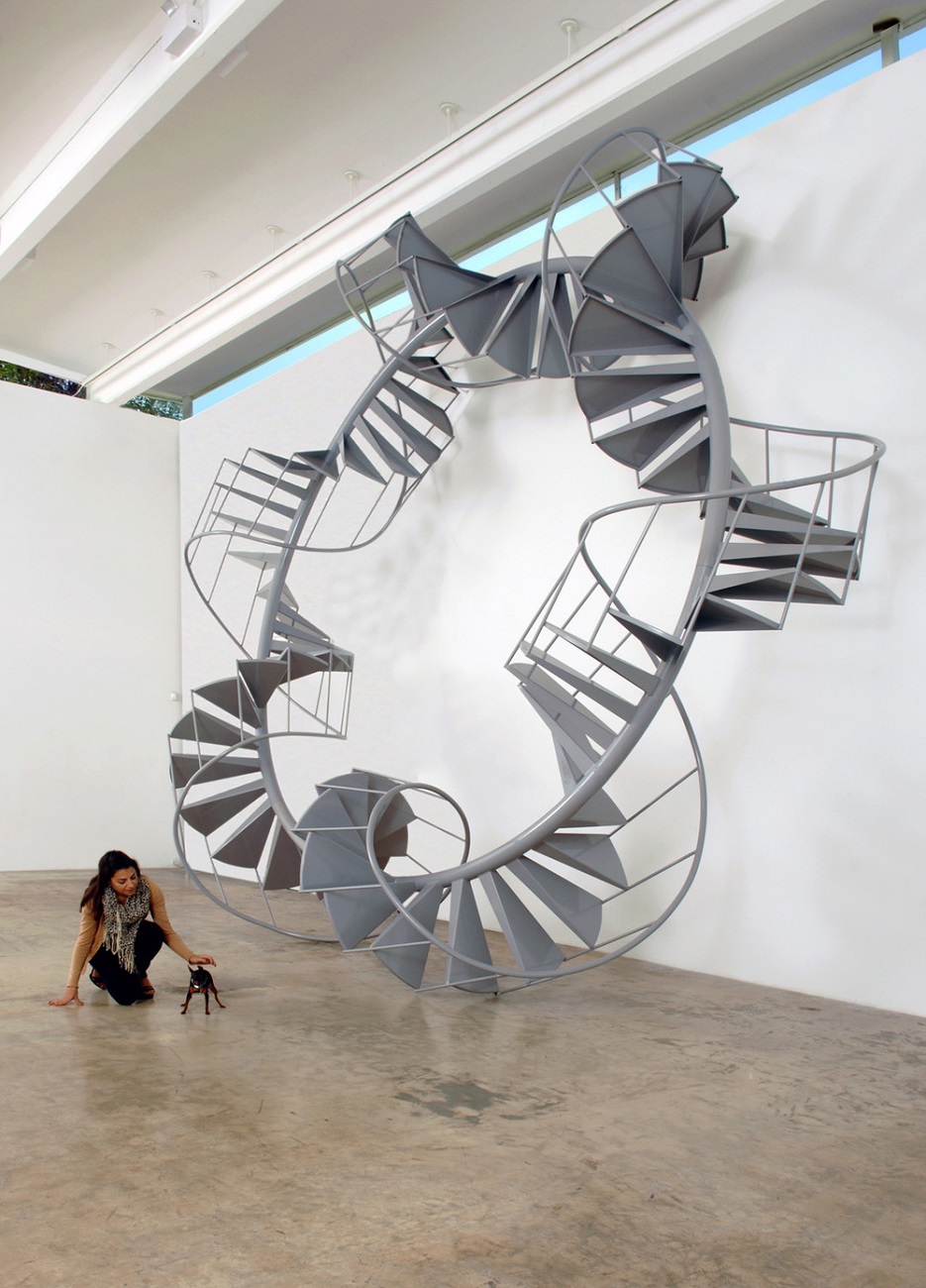
Ziyang Wu
Event Modeling
AI Fossil
The work began with the collection and collation of various news and social events that have occurred or are happening based on social media algorithms, and utilized dreamfields3D to generate 3D models using the titles of news/events as the seeding words/sentences. In the era of AI technology blowout (but also in its “baby-like” era), the work records all kinds of human information as “AI fossils” through AI text to 3D model generation technology. In the future “abandoned factory” scene that is mixed with reality and virtual, it is full of different experiences between humans and AI on the same event. Human information is presented as some realistic fragments, some historical fossils, a pile of metal carvings, or a pile of inferior plastic toys.










